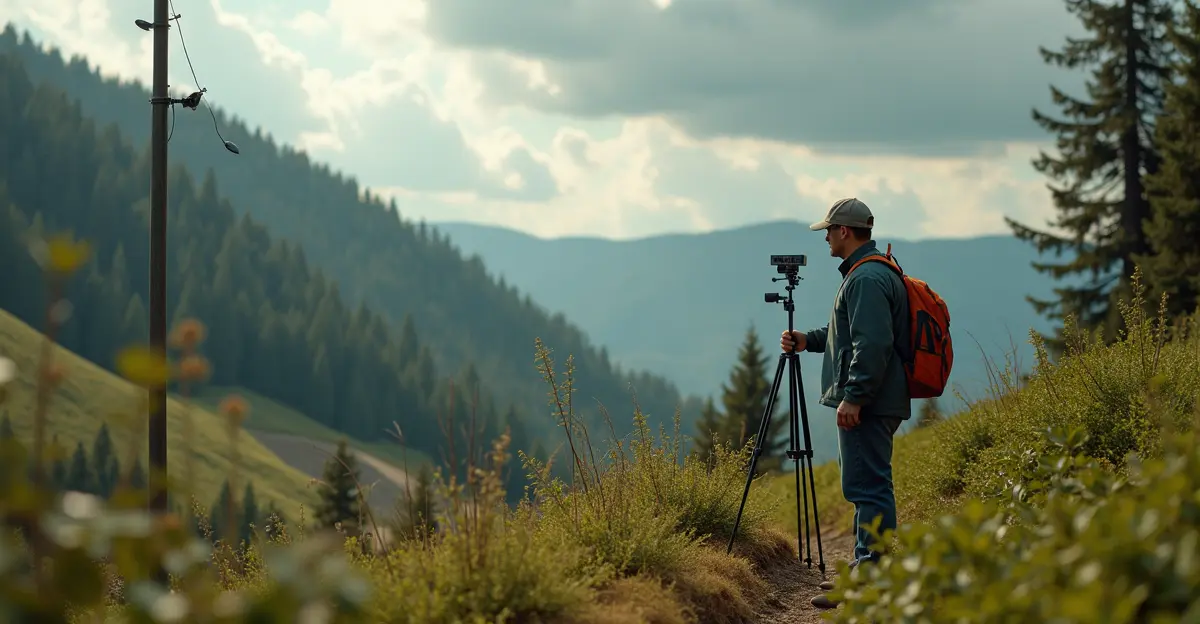Backyard weather stations in 2025 provide hyperlocal forecasts benefiting hikers and farmers through citizen science networks, offering precise real-time data for safety and agricultural optimization.

The Rise of Citizen Weather Networks
In 2025, backyard weather stations are transforming how hikers and farmers access hyperlocal weather data. These personal weather monitoring systems, connected through citizen science networks, provide real-time forecasts that are far more precise than traditional weather services. 'My weather station gives me minute-by-minute updates that help me plan my farm operations with incredible accuracy,' says farmer Mei Zhang, who relies on her Ambient Weather WS-2902C station.
Technology Behind the Revolution
Modern weather stations like the Ambient Weather WS-2902C feature comprehensive sensors measuring temperature, humidity, rainfall, wind speed and direction, UV radiation, and solar radiation. These devices connect to WiFi networks and integrate with platforms like Weather Underground, creating massive datasets that improve forecasting accuracy. The WeatherFlow Tempest Weather System represents the premium end of the market, featuring AI-powered forecasting and lightning detection capabilities.
Benefits for Outdoor Enthusiasts
For hikers and outdoor adventurers, these networks provide crucial safety information. 'Knowing exactly when a storm will hit my specific trail section has saved me multiple times,' explains avid hiker Sarah Chen. The hyperlocal data helps outdoor enthusiasts avoid dangerous weather conditions and plan their activities with confidence.
Agricultural Applications
Farmers are among the biggest beneficiaries of this technology. The detailed weather information helps optimize planting schedules, irrigation timing, and harvest planning. 'I can see exactly when frost might hit my crops and take preventive measures hours before traditional forecasts would warn me,' notes agricultural specialist Dr. Michael Rodriguez.
Community Impact and Data Sharing
These networks operate on the principle of data sharing, where individual stations contribute to larger weather models. Platforms like Weather Underground aggregate data from thousands of personal weather stations, creating comprehensive weather maps that benefit entire communities. The technology has become increasingly accessible, with entry-level stations starting around $70 and professional-grade systems available for under $400.
Future Developments
As AI and machine learning continue to advance, these citizen weather networks are expected to become even more sophisticated. The integration of satellite data and improved sensor technology promises to deliver even more accurate forecasts for specific locations and microclimates.

 Nederlands
Nederlands
 English
English
 Deutsch
Deutsch
 Français
Français
 Español
Español
 Português
Português









